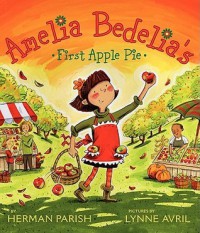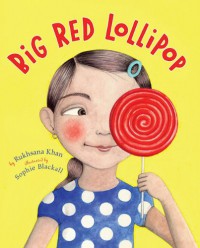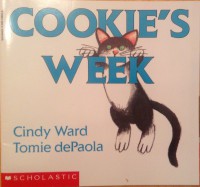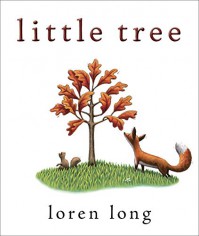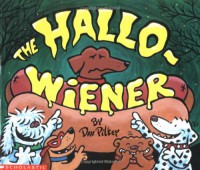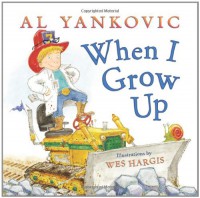
Run, Turkey, Run!
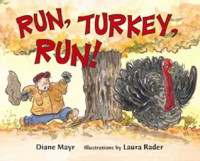
Written by Diane Mayr
Illustrated by Laura Rader
Turkey is scared of Thanksgiving, a day that is coming up quickly. When the farmer comes for him, Turkey runs across the farm and tries to fool the farmer by pretending to be various farm animals. The farmer isn't fooled by Turkey pretending to be a pig, a duck, or a horse, so Turkey runs for the forest. The farmer can't find Turkey pretending to be a tree! Turkey is safe from the farmer, until the farmer goes to cut down his Christmas tree... Run, Turkey, Run!
I would use this book to teach a first grade lesson on verbs. You could have students make a craft with turkey legs and "(verb), Turkey, (verb)!"


